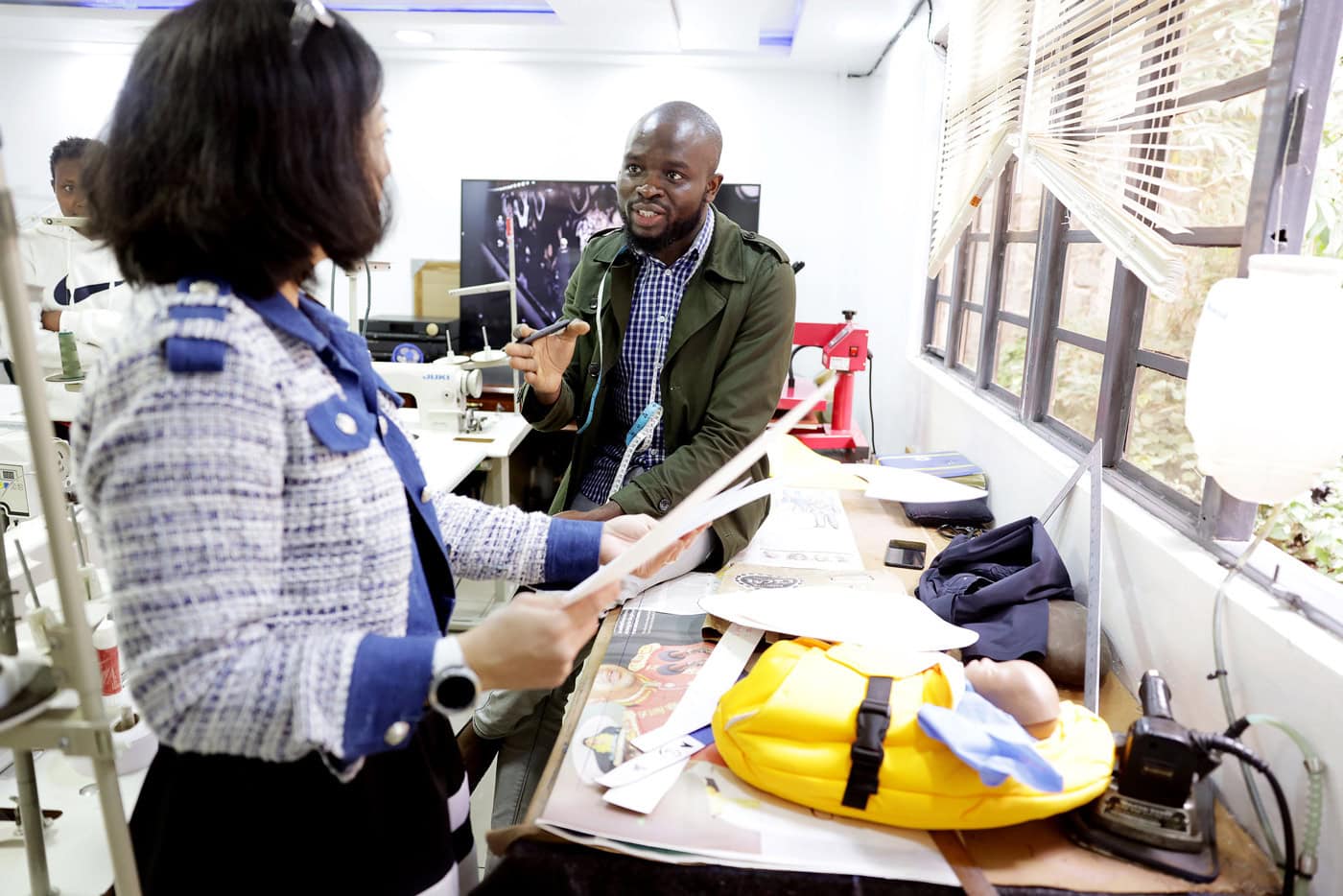-
US shipbuilding needs rescuing: U-M programs offer a life preserver
Michigan works with local and international partners to re-establish the U.S. as a strong, shipbuilding nation.
-
Off-road autonomy and digital twins: a Q&A with Bogdan Epureanu
Going beyond driving or tele-operating single vehicles, an up-to-date digital environment is needed to help humans operate fleets of autonomous…
-
Synchrotron in a closet: Bringing powerful 3D X-ray microscopy to smaller labs
A new design makes a technique for studying metals, ceramics and rocks available in a standard laboratory, expanding access for…
Featured Topics
Campus & Community
-
Precision in Motion
Bridging Engineering and Gymnastics
-
Twelve faculty members earn named professorships this year
Michigan Engineering faculty recognized for their exceptional achievements.
-
Moving at the speed of need
How bold moves in COVID-19’s early days are powering new possibilities five years later.
-
Board approves project to expand EV battery research
The 25,000-square-foot addition will include three battery laboratories, auxiliary support areas, a substation and a facility for battery cell testing, among other capabilities.
In the News
Research
-
AI isn’t just for computer science anymore: how engineers in every discipline are teaching it
-
A new era in AI health research: A Q&A with Jenna Wiens
-
Merging autonomy with manual control for wheelchair users
-
Advanced microelectronics: Why a next-gen semiconductor doesn’t fall to pieces
-
Making desalination more eco-friendly: New membranes could help eliminate brine waste
-
Enabling stroke victims to “speak”: $19M toward brain implants to be built at U-M
-
Remote repairs: discovering the longevity of 3D-printed metal parts
-
Amidst uncertainty, experts at U-M’s EV Center Symposium say continued innovation is key
-
First launch of new fire-monitoring satellite aiming to transform wildfire detection and response
-
Charging electric vehicles 5x faster in subfreezing temps
-

Features
Moving at the speed of need
How bold moves in COVID-19’s early days are powering new possibilities five years later.






